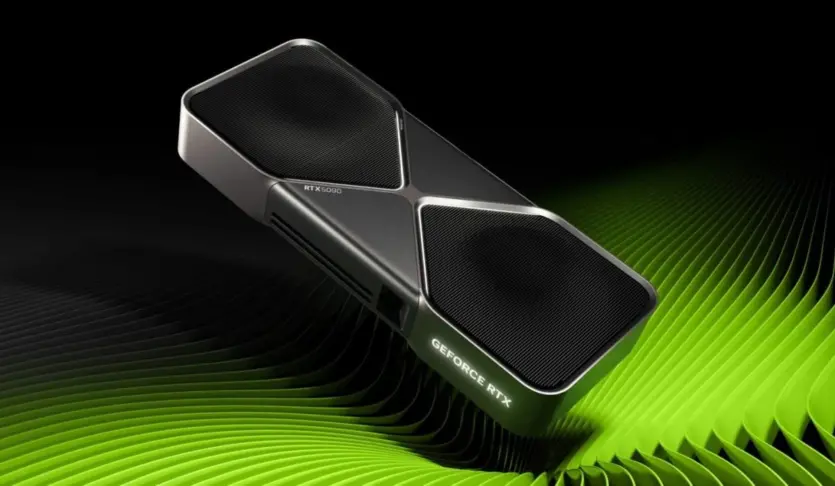
The Nvidia GB202 GPU has a chip area of 761.56 mm², making it one of the largest GPUs for consumer PCs in history. The graphics card it powers, the GeForce RTX 5090, is also one of the most expensive models on the market. At the start of sales, its price exceeds $3 thousand.
The high price can be explained by the significant production costs of GB202. The Tomshardware resource has roughly estimated how much it might cost Nvidia to produce these massive chips for flagship graphics cards. However, the exact data on the yield of suitable chips is a trade secret of TSMC and Nvidia, so the results should be taken with a certain amount of skepticism.
The cost of the GB202 GPU
A 300mm silicon wafer can accommodate approximately 72 GB202 crystals, assuming that a single crystal measures approximately 31.5×24.2mm. That’s not much considering that TSMC can charge up to $16k for a 300mm wafer produced using its 4nm or 5nm manufacturing technologies.
Taking into account the likely defect rate and yield of usable chips, Nvidia can spend about $290 to produce each GPU for the GeForce RTX 5090. If we take into account only perfectly good crystals, this amount could rise to $340. However, these are very rough estimates that do not take into account more complex parameters, such as the level of crystal suitability in certain operating modes.
The GB202 processor is manufactured using a specially adapted TSMC 4NP technology, which is a modified version of the N4P process. This node belongs to the N5 family and has been in production for several years.
According to TSMC’s performance charts, the defect rate of the N5/N6 processes a year and a half after the start of mass production was approximately 0.05-0.06 defects per square centimeter. Today, 4.5 years after the launch of N5, the figure may be even lower. Assuming that the defect rate remains at 0.05, we can get one defect on every 300-mm wafer:
- 47 fully operational GB202 GPUs (24576 CUDA cores),
- 4 partially defective chips,
- 21 chips with certain defects.
However, this doesn’t mean that all 21 defective chips will go to waste. First of all, large Nvidia GPUs tend to have a large number of redundant units, so a minor defect may not even damage the functionality of the crystal. Secondly, Nvidia does not need a perfectly good GB202 crystal for the GeForce RTX 5090: it needs a GPU with 21760 working CUDA cores. Thirdly, even GB202 crystals with serious defects can be used for cheaper graphics cards such as the GeForce RTX 5080. In some cases, even partial crystals can be sold.
Given the large number of unknowns, it can be assumed that Nvidia may use 55 of the 72 crystals on the wafer to produce the RTX 5090. Then the cost of one GPU will be $290. If only absolutely perfect crystals are sold, then this figure will increase to $340.
Even if we take into account that a fully finished and tested RTX 5090 crystal costs Nvidia $350, the company will still make a profit, as the cost of the video card will be $1999. However, other costs should be added to the cost of the GPU itself: the cost of video memory and other components of the video card, PCB manufacturing, video card assembly, driver development, and related logistics, support, and marketing costs.
It’s worth noting that Nvidia is one of the few companies that can efficiently work with large GPUs by adding redundant components, optimizing production costs, and minimizing losses from defective crystals (by selling partially defective crystals). As a result, Nvidia can sell everything it produces on a wafer, albeit at different prices.
Equally important, Nvidia can have up to 47 fully functional GB202 crystals on a wafer. The company can sell them as part of professional graphics cards, such as the RTX 6000 Blackwell Generation for CAD and DCC applications, or as L50s boards for data center-level AI workloads. These solutions typically cost thousands of dollars, so Nvidia can make a lot of money not only on the $2000 GeForce RTX 5090, but also on $6000 professional products running on GB202.
Source: tomshardware

Spelling error report
The following text will be sent to our editors: